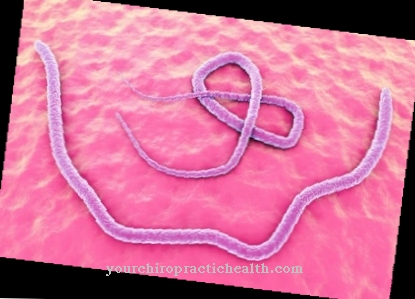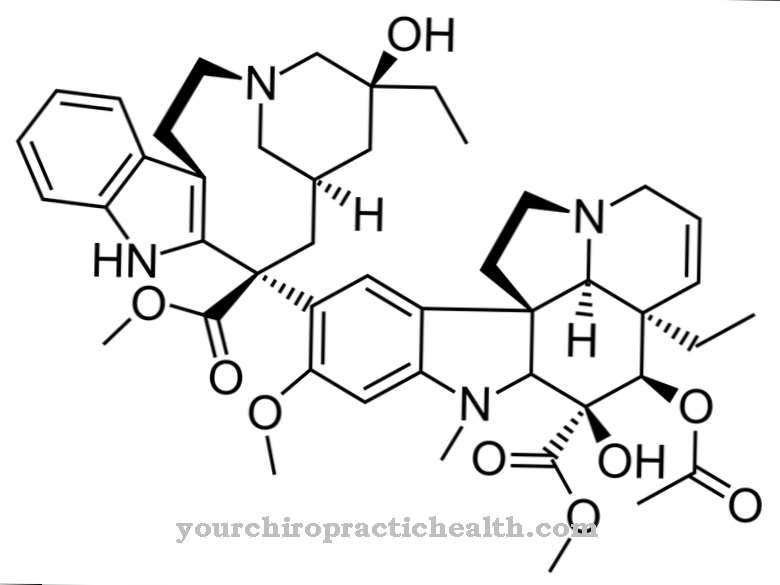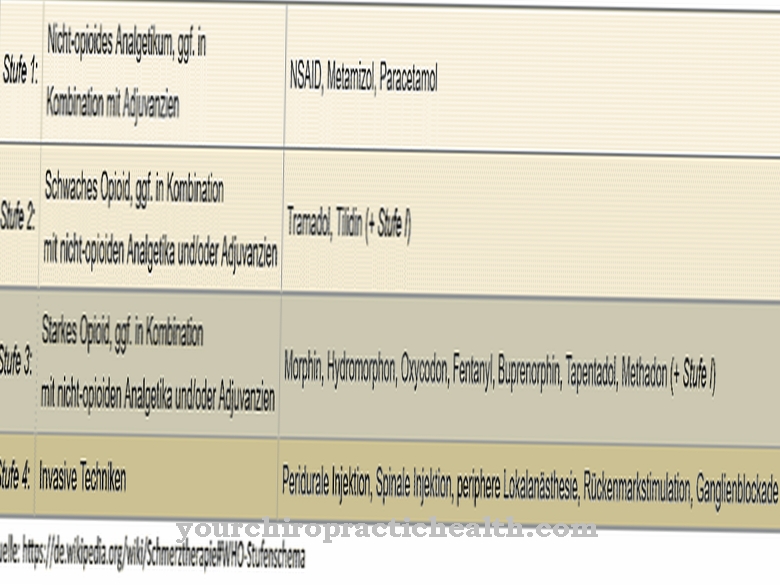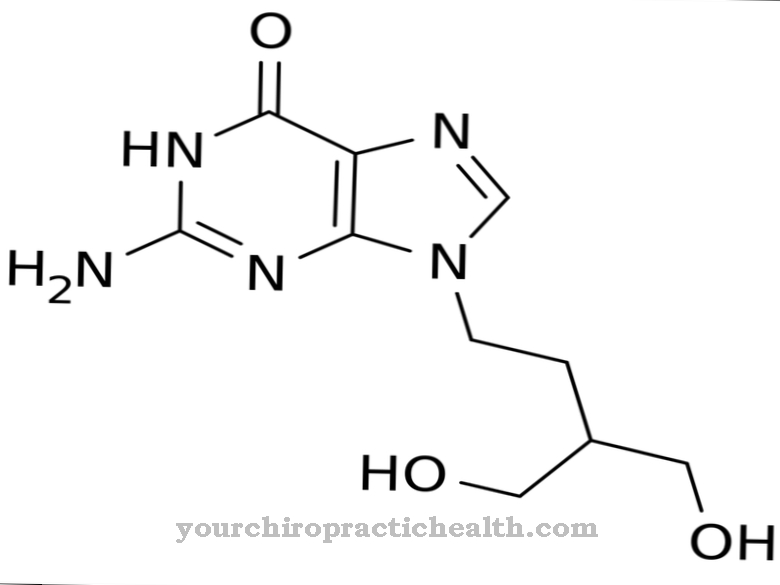The substance Praziquantel is effective against worm infestation in both humans and animals. It fights and kills different types of worms. The duration of the intake depends on the strength and type of worm infestation.
What is praziquantel

Praziquantel is a so-called anthelmintic (anti-worm agent) that is effective against flatworms and tapeworms as well as flukes and some leeches.
The active ingredient was developed by Bayer AG in cooperation with Merck in the 1970s and has been on the market since the 1980s. Today, both in human medicine and in veterinary medicine, praziquantel is used as the agent of choice against infestation with worms.
Pharmacological effect
Praziquantel ensures that calcium channels in the skin open up in worms. The muscles become overexcited and the worms become spastic. This ultimately leads to the death of the parasite.
Furthermore, the active ingredient attacks the skin of the worms and disrupts their metabolism, so that they can be more easily recognized and attacked by the immune system. The killed parasites are finally excreted again via the digestive system in the event of an internal infestation.
Since the active ingredient penetrates into the brain, praziquantel is well suited as a medicine to combat diseases in which worms have lodged in the brain (e.g. dwarf, beef, fish or pork tapeworm).
Medical application & use
The active substance 'Praziquantel is administered by swallowing (orally), the respective dose depending individually on the type of worm infestation and also on its spread in the infected organism. There are tapeworms in which a single, low dose (around 10 to 25 milligrams per kilo of body weight) of the substance is sufficient to kill it.
In other cases, for example when internal organs or the central nervous system are attacked by worms, therapy for up to two weeks with a maximum dose (up to 50 milligrams per kilogram of body weight) must be carried out consistently to kill the parasites. The active ingredient against worms is also approved for the treatment of children weighing more than 20 kilograms. It crosses the blood-brain barrier and is therefore particularly effective. So far no resistance to praziquantel has been proven in worms either.
Praziquantel has been used by the WHO (World Health Organization) since 2007 to eradicate the dangerous worm disease schistosomiasis. This is an infection caused by pair leeches, in which the leech larvae spread via the intestines, liver and lungs to the brain. The disease is spread by snails as intermediate hosts in warm inland waters, especially in Africa, South America, on the Arabian Peninsula and in the Caribbean.
With the free use of praziquantel, more than 27 million children in the affected regions have been treated so far. If a worm infestation is suspected, it is generally very important to see a doctor, because only he can determine the exact type of worm, the infestation location and the infestation density and then determine the individually appropriate dose and duration of use of a product such as praziquantel.
Risks & side effects
The risks and side effects of Praziquantel depend on the one hand on the level of the dose and on the other hand on the duration of the intake and the infected organism (human or animal).
In humans, abdominal pain, nausea, and vomiting are very common side effects, especially at higher doses. Furthermore, weakness and exhaustion as well as the formation of wheals on the skin and itching can occur as very common side effects.
Dizziness, fatigue, loss of appetite, and muscle pain are also common. Hypersensitivity reactions and cardiac arrhythmias are very rare when using the active ingredient. If the anti-malarial drug chloroquine or anti-epileptic drugs are taken at the same time, the concentration of the substance in the blood can decrease, so that the effect is limited. Patients with impaired liver or kidney function and cardiac arrhythmias should only take praziquantel if carefully monitored.



























